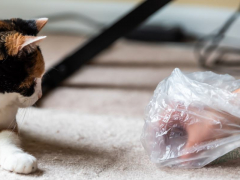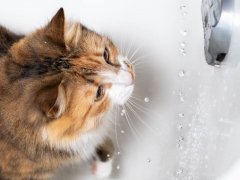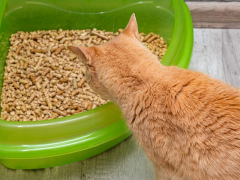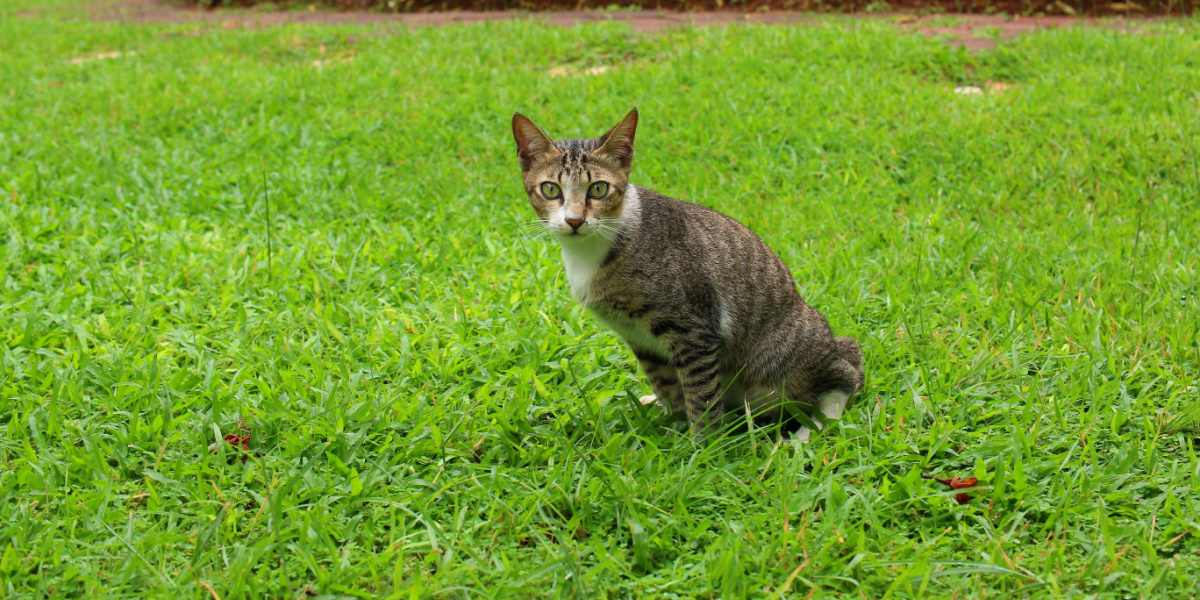
Cats are generally fastidious creatures, preferring to toilet in a clean and private place. Most cats take easily to litter box training initially, but inappropriate elimination is a common problem.
Understanding more about feline bathroom behavior, as well as some common underlying medical causes can help you understand the most common reasons for litter box avoidance. Many litter box problems are due to issues with the location, size, type, and cleanliness of the cat’s litter boxes. However, stress, anxiety, and medical problems such as infections can also affect a cat’s litter box habits.
Here are some of the top reasons why your cat might not be using their litter box.
Lack of Training
Most cats learn to use a litter box at a very early age, usually when they are just a kitten. Most kittens raised in a home environment will copy their mother’s toileting behavior, and therefore learn to use a litter box without any input from a human at all.
Cats often gain a strong preference about where they toilet, so early use of the litter tray can form good, strong habits. Kittens brought up outside, as strays, or those that lose their mother early in life might never have learned to toilet in litter, and might find it more difficult to pick up.
If you take on a cat that has never been litter trained or seems to prefer to pass urine on a different substrate, some time, patience, and training might be needed to correct this habit. There’s some more information on toilet training a kitten here.
Litter Box Preferences
Cats are creatures of habit, and gain decided preferences regarding their toileting behavior. Switches to different types of litter, or changes to the location of the box can be enough to cause avoidance.
Litter boxes should be:
- Large enough for your cat to comfortably turn around in.
- Contain the same type of litter that your cat is comfortable with and used to.
- Be placed somewhere quiet, away from water bowls and the food bowl.
Some cats prefer a covered box; others prefer an open tray. The type of preferred cat litter might also differ depending on their early experiences with textures.
If you have a new cat, you might have to experiment with a few types of boxes and differing litters, such as clumping litter, pellet litter, and clay litter. If you are unsure where to start, most cats prefer a fine, sandy texture. If you really have to switch litter, try and do so gradually so your cat can adjust.
Cleanliness
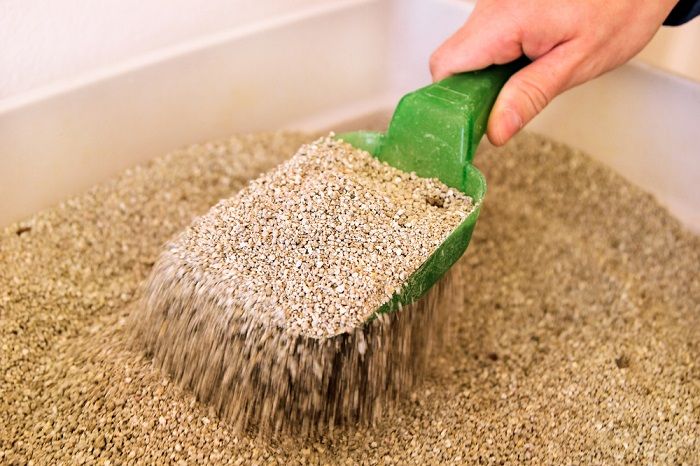
Scoop solid waste and clumps at least once daily—more than once a day if you can.
Cats are clean animals, often spending vast amounts of time on grooming and self-care. Litter box avoidance can commonly be due to a mismatch between the owner’s and cat’s expectations of how often the litter box should be cleaned.
Also Read: Best Laundry Detergents for Cat Urine
Urine has a strong ammonia smell, and cats are more sensitive to strong odors than humans, so regular cleaning is essential. Scoop out clumps and poop daily, and add fresh litter as needed. Clean litter boxes with water and unscented soap weekly. Box liners can be useful for ease of cleaning, but avoid anything with added perfumes, which can be overwhelming to cats.
Privacy and Access
Cats understandably like some privacy to toilet. Place litter boxes in quieter areas of the house, away from entrances and exits, food, and water sources. But don’t place them so far out of the way that your cat has to go far distances to toilet.
In multi-cat households, there can be competition for resources, which includes litter boxes. The general rule is to have the same number of litter boxes as you have cats—plus one extra. So, two litter boxes for one cat, four boxes for three cats, etc. Place litter boxes in varying locations around the house. Cats are territorial and spreading the boxes out can prevent one cat from obstructing access to the trays for other cats.
Behavioral Causes
If your cat was previously using the litter box normally and recently stopped using litter box odds are this is related to behavioral or medical issue.
Stress and anxiety can lead to behavior changes in cats, one of which is inappropriate toileting. Cats are territorial, and conflict can cause them to mark out their area by urine spraying for both male and female cats.
Urine spraying can be differentiated from normal urination as it is usually small amounts sprayed onto a vertical surface in a very obvious place. Normal urination is usually a large volume on a horizontal surface somewhere more private. Urine spraying is also common in unneutered cats.
Poor toileting behavior is more common in multi-cat households, where competition for resources and territory is high, but stress can also be induced in cats through varying other causes, including new pets, new family members, changes to their environment such as through building work, moving home, loud noises, and vet or cattery visits.
Medical Causes
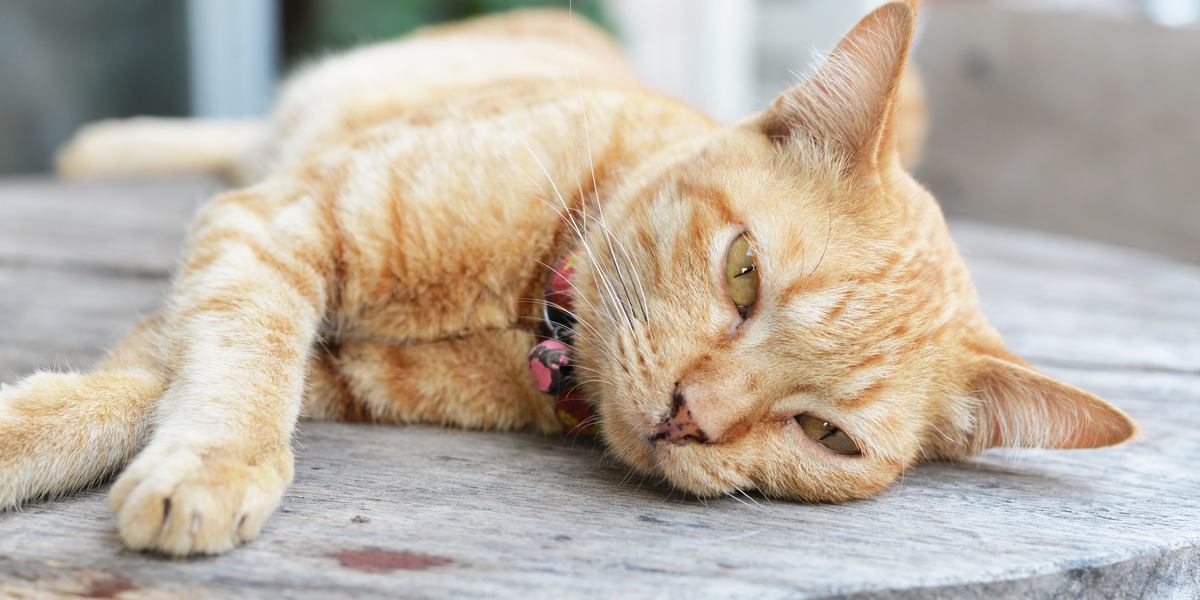
A veterinary checkup to rule out medical causes is always prudent any time a cat stops using their litter box.
If your cat has started urinating around your house, it might feel frustrating, but bear in mind that there might be an underlying health concern.
Any condition involving the bladder and urinary tract can be responsible for triggering inappropriate urine toileting. A urinary tract infection (UTI) is a common culprit, alongside inflammatory causes. Feline lower urinary tract disease (FLUTD), also known as feline idiopathic cystitis (FIC) or feline interstitial cystitis, is a term used to describe inflammatory conditions of the feline urinary tract, and there is thought to be a strong link with stress in affected cats.
Symptoms of both UTIs and FLUTD include inappropriate toileting, bloody urine, straining to urinate, frequent litter box trips, or not passing urine at all. These signs require a visit to the veterinarian. If your cat isn’t passing urine at all, they require urgent veterinary attention.
Some medical problems cause cats to urinate more frequently and in higher volume, including kidney failure and diabetes. These can cause cats to urinate outside the litter box because they just can’t get to the box in time. Defecating outside the box might be caused by gastrointestinal disorders, such as inflammatory bowel disease or food allergies.
Older cats might struggle to get into the litter tray, especially if it is high-sided, due to arthritis, or they might forget where the litter box is if they develop feline cognitive dysfunction.
My Cat Stopped Using Litter Box: What Should I Do?
Inappropriate elimination can be a frustrating and difficult condition to deal with. Here are some simple steps to help you make a plan and combat the issue.
- Take your cat to the veterinarian to rule out any health concerns.
- Ensure you have enough litter trays, in varying quiet locations. If you’re unsure, add another box.
- Keep litter type the same, and clean the trays frequently.
- Clean soiled areas with an enzymatic cleaner to remove all traces of urine odor to prevent recurrence.
- Consider a pheromone diffuser such as Feliway to encourage stress reduction, or to pre-empt stressful events such as a new pet.
- Seek advice from a veterinarian or qualified pet behaviorist.
Litter Box Avoidance: Summing Up
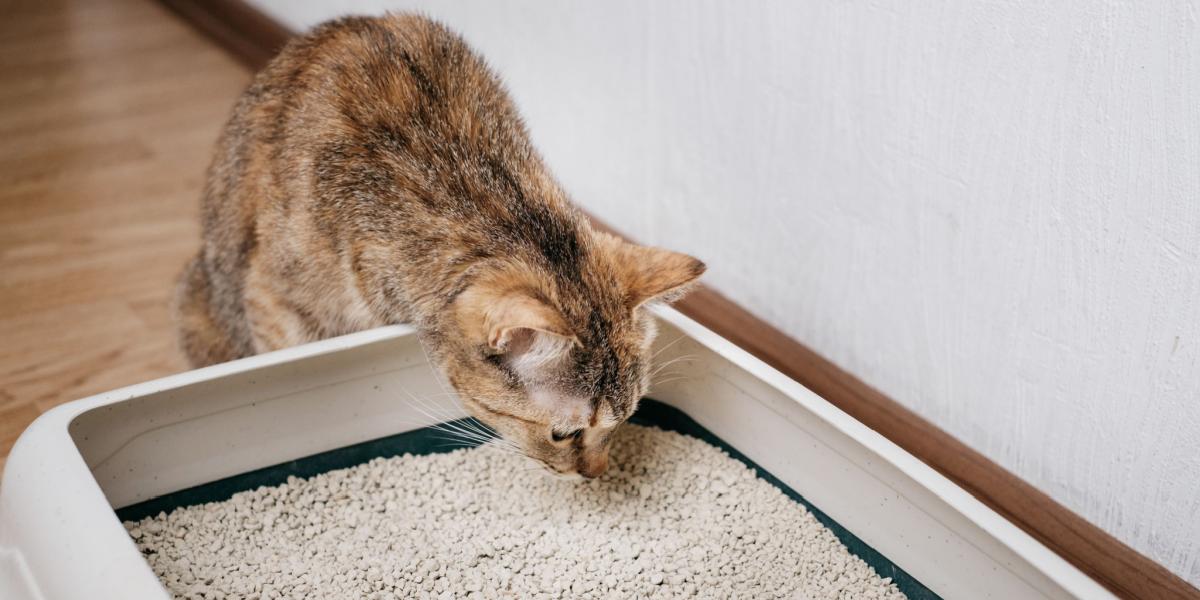
Litter box problems are a common difficulty for cat owners. The causes can be varied and include problems with the accessibility, location, size or type of litter box, changes to the type or hygiene of the litter, stress, or medical problems.
If your cat has started eliminating outside the tray, always see a vet to rule out health problems, and make some changes to your cat’s environment to minimize stress and ensure adequate access to their preferred litter box and litter type.
Also Read: Why Doesn’t My Cat Cover Her Poop? Top 6 Causes Explained
